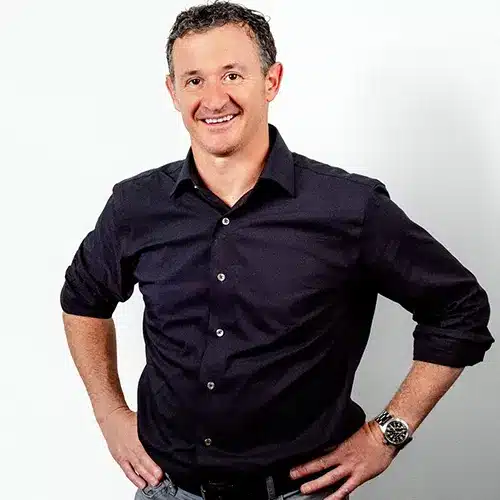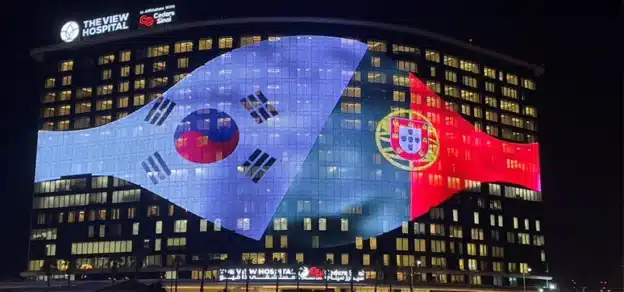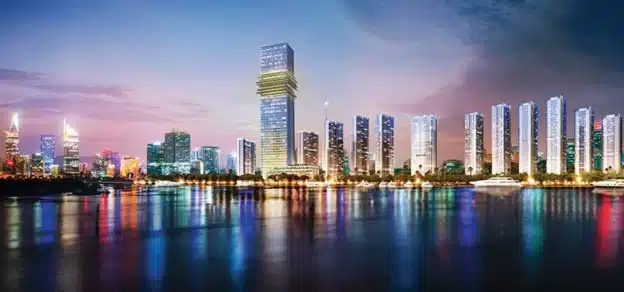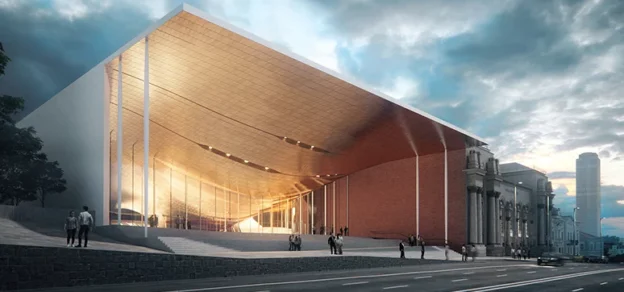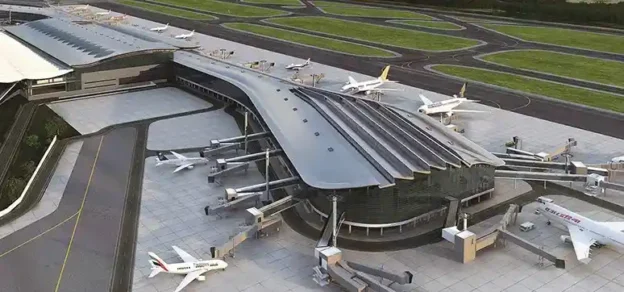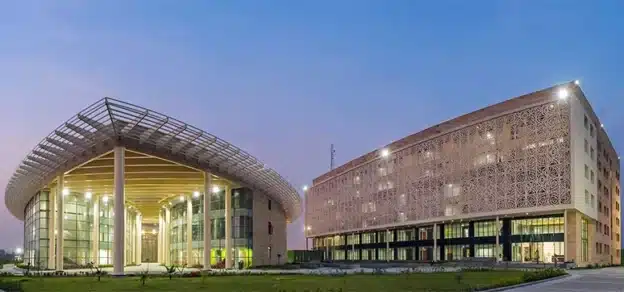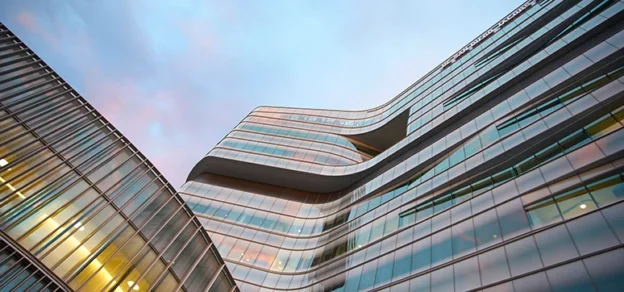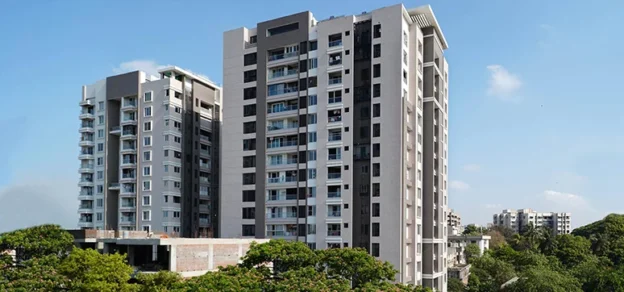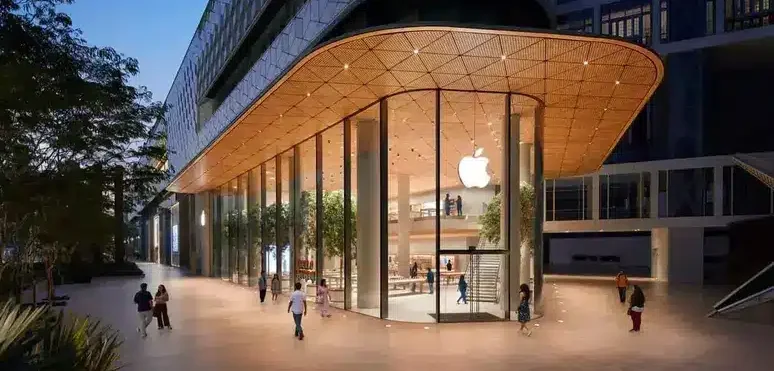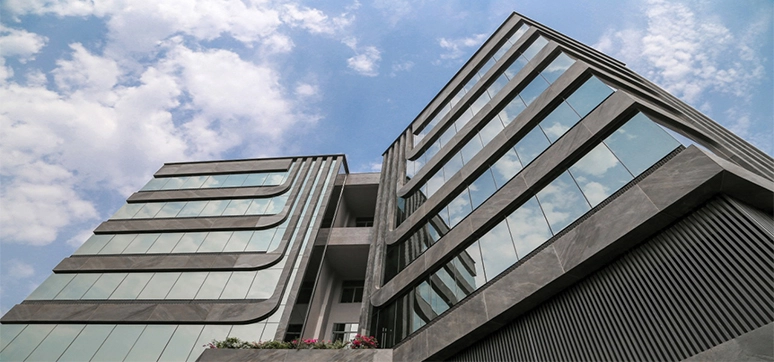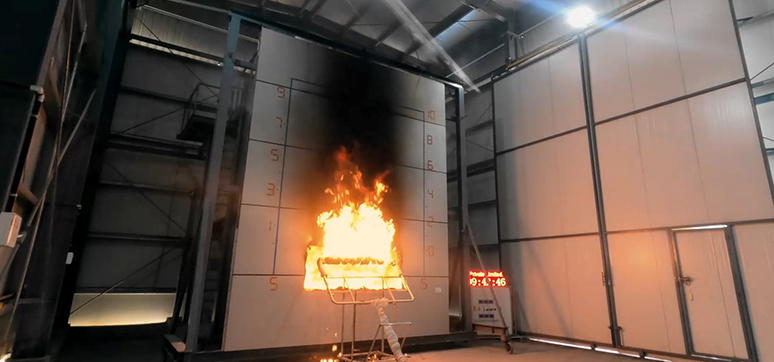This project started as a design competition in the summer of 2016. I lead this effort as the Design Director at Adrian Smith + Gordon Gill Architecture. The site was a 150m circle at the heart of the Expo 2020 Dubai site. The idea offered an open public garden as the living beating heart of the Expo event and of the new district.

It is envisioned as the magnet of growth for a multi-use new district that includes residential, commercial, hotel and entertainment use. The garden is protected with a shade structure. In order to maximise the use of this investment, we proposed converting it into an immersive experience after dusk. We proposed to make the adjacent buildings taller, and increase their façade overlooking the public garden.
This offered more real-estate with valuable views, having direct contact with nature. It also provided self-shading for the plaza below. In terms of façade and fenestration design, this project was very challenging and interesting. I would divide the challenges and opportunities into a few distinct groups: I will start with the trellis structure that protects the garden from direct solar radiation.

It was unique for its function: it had to provide shade but still allow plants to grow below. We decided that it needed to be permeable for air and water. Natural convection was allowed and no drainage/gutter system was needed to collect and direct water; rainwater just drains tough the fabric. In the night, the same material would receive projections to extend its use over night, maximising its urban impact. We wanted the projection on the fabric to be visible from the outside.
It had the potential to be an urban icon that attracts visitors and uses throughout the day and night. Given its public function and its adjacency to occupied buildings, it had to comply with strict FLS requirements. This required a significant search of materials. The chosen material was SHEERFILL SGM-30 TAN by Sheerfill by SaintGobain.
The adjacent office and hotel buildings were designed to complement and take maximum advantage of the investment on the public realm. They all slope in steps towards the garden offering a series of unique and intimate views of it. Towards the public space, the façades are materialised with glass panels stepping out towards the garden/trellis. (IGU with Guardian Sungard 40T for the office). The hotel building includes continuous balconies towards the garden as an added amenity (IGU with Guardian Sungard 40T).

The same buildings protect themselves from direct solar radiation on the exposed sides. The office buildings include vertical fins with distinct angles (Aluminium extrusions with two coats with mica PVDF coating). The hotel building protects its garden-facing balconies on the side, with a metal screen reducing its direct solar radiation and framing views towards the garden (3mm aluminium expanded mesh panel with PVDF coating). The solid panels in the hotel building include GFRC panels (Glass-Fiber-Reinforced Concrete) and in the office buildings – coated aluminium panels.
Both buildings take advantage of significant solar radiation to produce renewable energy with an array of PVs on the roof. The hotel PVs were installed by Fortune Engineering & Energy, and the ones in the office by Empereal.
Quick Facts:
• Project: Al Wasl Plaza
• Location: Dubai, UAE
• Client: Expo 2020 Dubai
• Architect: AS+GG Architects
• Other Consultants: Thornton and Tomasetti (structure), SWA (landscaping), Klimaat (Microclimate), Kinetica, (projection pod manufacturer), OVI (lighting), MIC (Crowd Modeling), RWI (wind simulation)
• Commencement Date: 2016
• Completion Date: 2020


